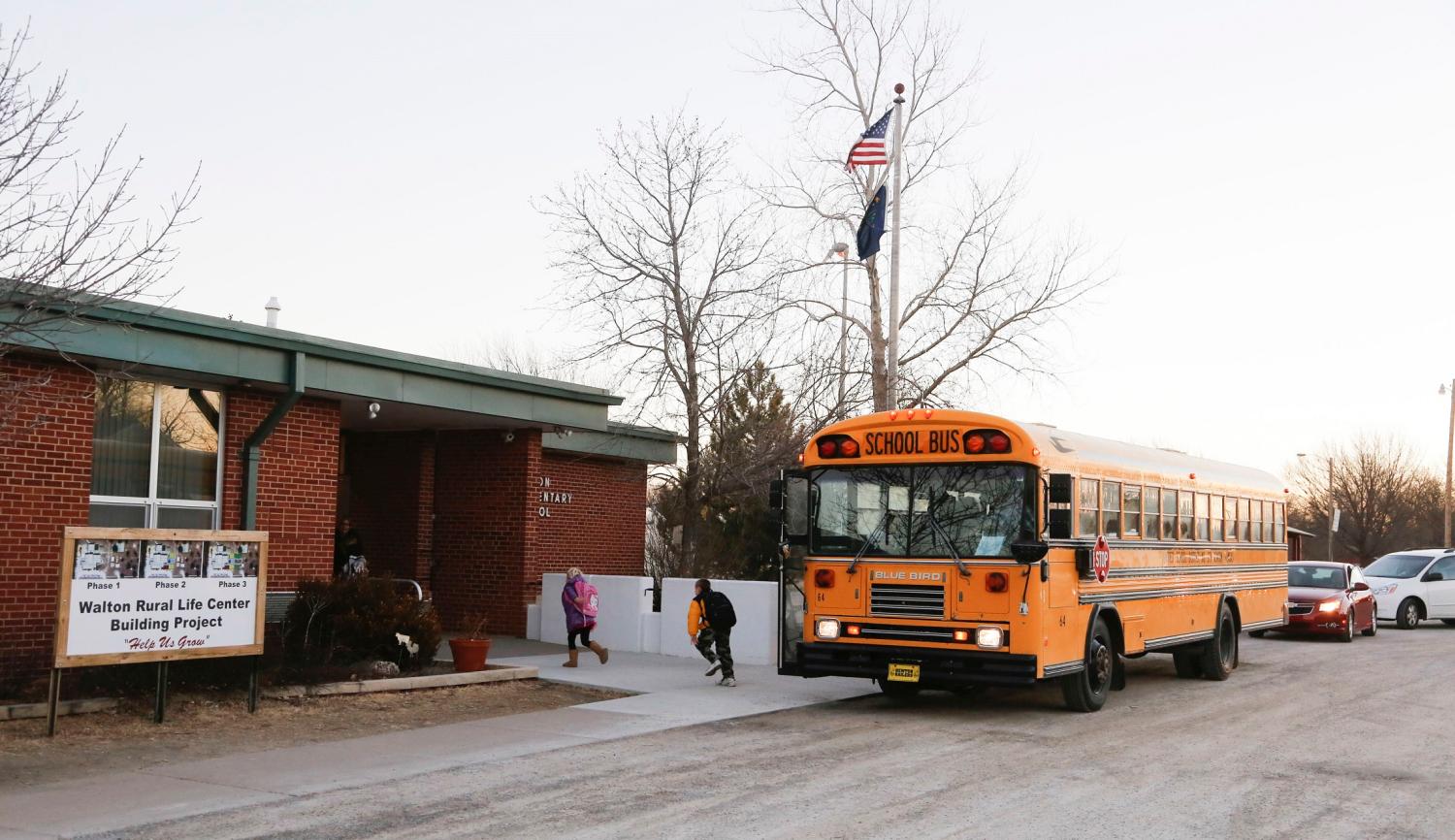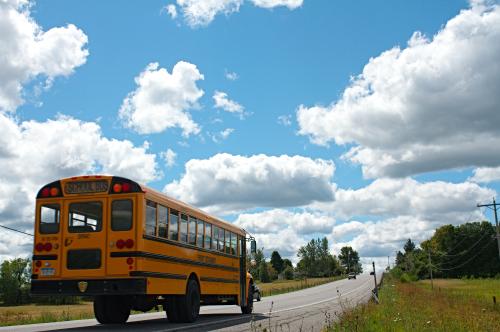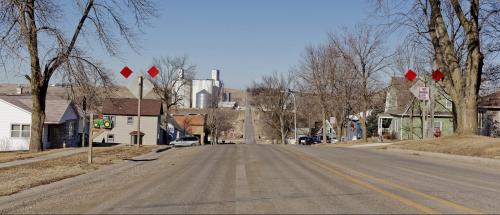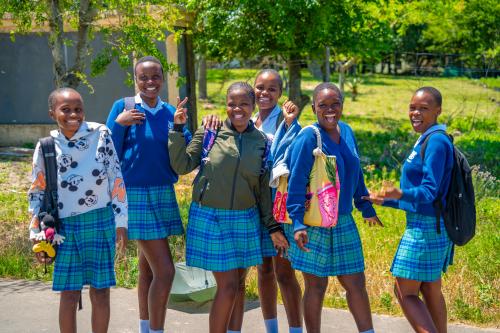Donald Trump’s voters in rural areas and small towns made a point: they were left behind while a lot of the country made economic progress and they want that to change.
It doesn’t matter whether you consider these voters adorable or deplorable. They have expressed a grievance in the most democratic of ways—through their votes. It’s well founded and legitimate, and we must now figure out an effective response.
Rural and small-town voters’ economic isolation has many causes. The economic engines of many localities have become obsolete or moved away, and populations are dwindling. But there is no denying that K–12 education can contribute to isolation, too. Rural schools are invaluable community centers and often the only remnant of past glories, but as I learned so vividly from studying rural and small-town schools in Idaho, students often have little understanding of how the economy works outside their communities—or, for that matter, of what higher education can (and can’t) contribute to employability.
With the exception of the few with prosperous and highly educated parents, students in these localities are almost entirely isolated. The schools they attend are often competent at teaching basic academic subjects, but students have few mentors to help them understand the broader economy. Most of their teachers choose to work in remote areas because they want little to do, either personally or professionally, with business or the turbulent city-centered new economy. Outside the classroom, even job fairs often focus on the economically marginal jobs available locally.
The consequences are evident in rural and small-town high school graduates’ test scores (higher than for students in cities) and college-going and persistence rates (much lower than for students in cities). Economically disadvantaged rural and small-town children do a lot better than their city counterparts in learning what they are taught in school, but schooling is not enough.
Students in these areas aren’t learning about the mainstream economy by osmosis from friends and neighbors. They need explicit teaching: about the difference between dead-end jobs and multi-step careers, about how people make a living in their own towns and in big cities, and about how successful people constantly upgrade their skills.
Ultimately, students need to know that the economy constantly changes and that everyone, no matter how well educated, must be alert to trends in the demand for skills and try to stay ahead of events. Students need to learn that they can’t trust their futures to slogans and bland assurances. They, and their disadvantaged counterparts in big-city schools, must be protected from the fairy tale we adults so glibly tell: doing conventional school work guarantees a good job.
Teaching economic realities can happen through a combination of coursework, internships, and job shadowing experiences. The best examples of schools that prepare isolated students for the real economy are now urban. The Cristo-Rey Network, for example, gets students into real work and mentoring relationships throughout high school in financial, legal, and high-tech firms. One south Chicago student explained, “I’ve seen those big buildings [in the Loop] all my life but never understood what they were for. Now I work in them.” Rural schools could offer something similar, perhaps through semesters away and summer placements.
Such schooling experiences can enable students to make informed choices about higher education, work, and place of residence. Rather than hollowing out rural communities, better preparation for the constantly evolving mainstream economy can offer some students the opportunity to return home as entrepreneurs or participants in the online space.
It will take time and investment for rural schools to develop the necessary school and experiential curricula. And that’s not the only challenge. Teachers who choose to work in rural and small-town areas often want the isolation. Rural schools are starved of funds—it won’t be easy to add courses and time away from home, especially for older high school students. Parents will be lukewarm about experiences that might encourage students to leave home, and rural landowners will resist the tax increases needed to pay for richer student experiences.
There are roles to play here for many actors:
Federal and state governments: abandon the premise that it’s cheaper to educate students in rural areas; high schools especially need to become much more complex and expensive.
State community and four-year colleges: capitalize on students’ high school preparation by offering courses in entrepreneurship and management, and sponsoring business incubators.
Foundations: sponsor development of more ambitious curricula about today’s economy, and experiential learning strategies, starting with cooperative learning models like Cristo-Rey.
Charter school operators: create one- and two-semester residential placement schools that can teach advanced coursework and manage student placements, all funded as charter schools based on enrollment.
Businesses and cultural institutions: design and offer internship and job shadowing programs.
Some readers might argue that what rural and small-town students need now is better training in civics, not on how to cope in a national labor market. They have a point; certainly all Americans could stand a refresher on civic virtues. But, as the recent election proves, rural and small-town voters are pretty good at making the political system work for them. Economic isolation is problem #1.
The Brookings Institution is committed to quality, independence, and impact.
We are supported by a diverse array of funders. In line with our values and policies, each Brookings publication represents the sole views of its author(s).








